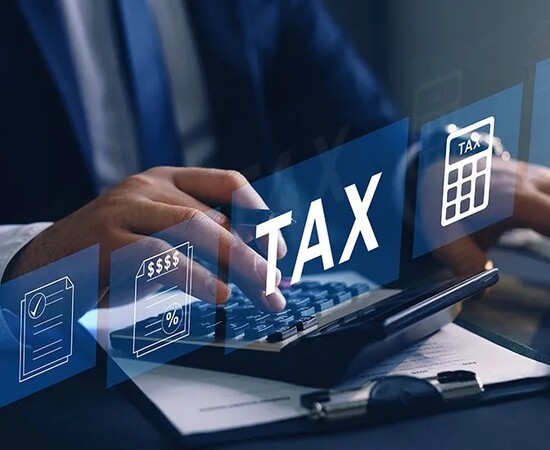
Recent Changes to Form 10F- A Guide for Non-Residents Seeking to Claim DTAA Benefits in India ( December 29, 2023 )
Recent amendments to Form 10F procedures in India require electronic filing as a mandatory compliance to successfully claim DTAA benefits.
In an era of evolving global business practices, cross-border collaborations are becoming increasingly common.
For a foreign company rendering technical services in India without a permanent establishment , recent changes in the Form 10F procedures have implications that demand attention.
This article aims to shed light on the changes introduced by the Central Board of Direct Taxes (CBDT) and offer guidance on complying with the updated regulations.
Recent changes to Form 10F procedures
Historically, non-residents were required to submit a Tax Residency Certificate (TRC) and a self-certified Form 10F in a written format.
However, the CBDT, in July 2022, mandated the electronic filing of Form 10F. This change posed challenges for non-residents, including the necessity for portal registration, a mandatory Permanent Account Number (PAN), and a Digital Signature Certificate (DSC).
Key developments and considerations by CBDT
- PAN relaxations: To accommodate non-residents without a PAN, the CBDT introduced relaxations in March 2023, allowing manual submission of self-certified Form 10F until September 30, 2023.
- New registration category: Post the relaxation period, a new registration category was introduced for ‘non-residents not having a PAN and not required to have a PAN.’ This allows non-residents to register without a PAN and file Form 10F electronically.
- Considerations during registration:
- The income tax portal accepts foreign mobile numbers but doesn’t deliver OTP passwords to them. Non-residents may need to provide an Indian mobile number for this security verification via OTPs.
- Required documents during registration include the Certificate of Registration for date of incorporation, Tax Identification Number, Tax Residency Certificate, Address Proof, and details of key persons.
- Digital Signature Certificate: Non-residents must digitally sign Form 10F using a DSC obtained in India.
- Verification process: Non-residents must ensure they are not required to obtain a PAN under the Income-tax Act, 1961. Post-registration, key persons must provide contact numbers and email IDs for OTP verification.
Due to the novelty of these changes, there is no standard user manual for this registration category. However, the experts at Dezan Shira & Associates can assist in obtaining the required registration for Form 10F.